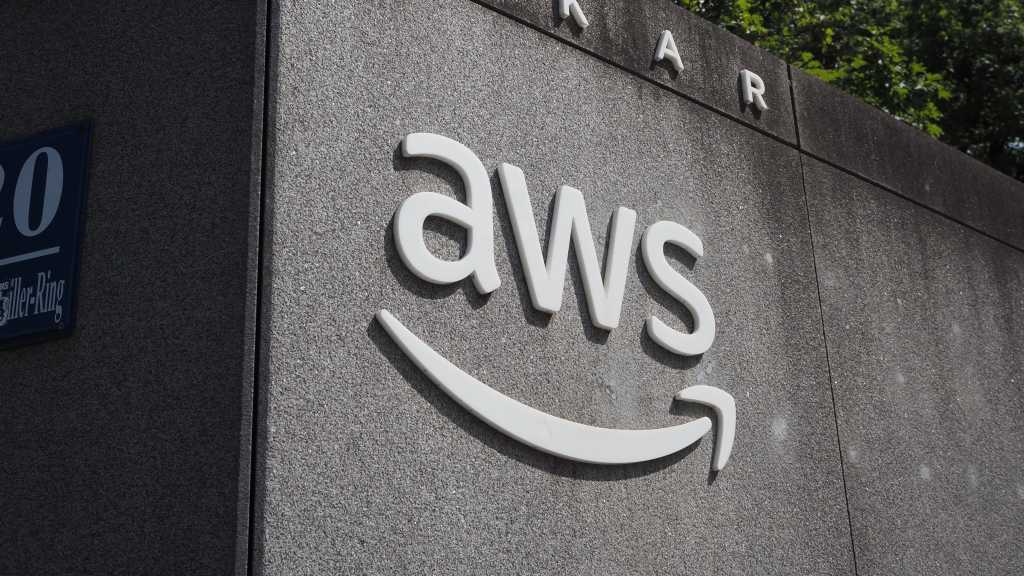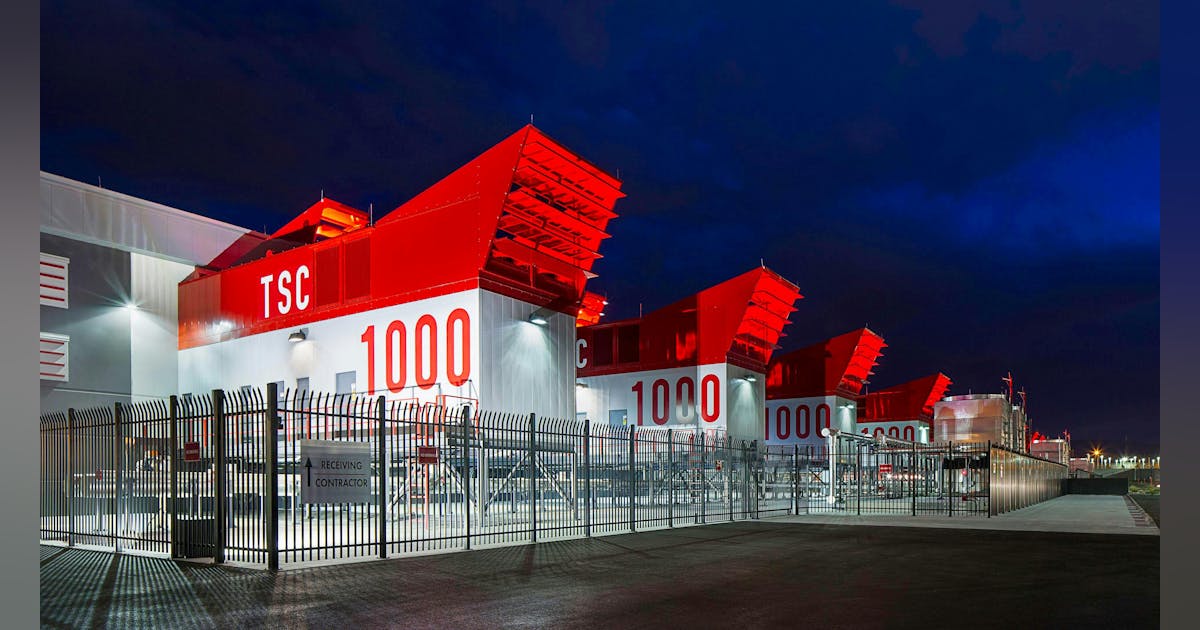Join our daily and weekly newsletters for the latest updates and exclusive content on industry-leading AI coverage. Learn More
What happens after a customer clicks the “buy” button on an ecommerce website?
It’s a domain known as post-purchase, and it’s often one of the costliest and most impactful aspects of operations for retailers. Post-purchase activities include figuring out delivery, customer retention and, if needed, returns. Among the pioneers in the space is Narvar which counts more than 1,500 global retailers, including big brands like Gap, Levis and Sonos among its customers. Across all its various customer touch points, Narvar collects information from more than 42 billion consumer interactions.
Narvar today is expanding its services’ intelligence with a new AI-powered platform it calls IRIS (Intelligent Retail Insights Service). IRIS combines data, AI and analytics in a highly-optimized platform. The goal is to help retailers combat fraud, optimize delivery promises, streamline returns and create more personalized customer experiences. Among the first services IRIS enables is the AI-powered Narvar Assist, which is designed to automate claims management and help reduce delivery claims fraud.
Early results from a cohort of 20 retailers show dramatic improvements: An 80% reduction in fraud-related inquiries and a 25% decrease in appeasements, or the compensation retailers provide for shipping-related issues.
“We’re not just solving problems; we’re transforming what has traditionally been a cost center into a strategic advantage for retailers,” Anisa Kumar, Narvar’s CEO, told VentureBeat in an exclusive interview.
Why AI in post-purchase operations is critical to retail success
Kumar joined Narvar in 2021 as chief customer officer and became the CEO in October 2024. Prior to that, she had a long history working in the trenches of customer operations at Levis Strauss and Co., Walmart and Target where she saw retailers’ challenges firsthand.
Retailers of all types generally spend a lot of time and effort thinking about consumer aquisition. Kumar noted that the big challenge, however, is keeping customers.
“Post-purchase is really thinking through what’s that next frontier to keep your consumers coming back, and really treat them the way they need to be treated, give them personalized experiences,” she said.
With all the data that Narvar collects, AI is now able to help retailers turn post-purchase into an activity that helps with customer retention. The use of AI in retail operation overall has struggled; for instance, a 2024 report from Forrester found high levels of interest, but low levels of adoption.
As a SaaS offering, Narvar is making it easier for retailers to get the benefits of AI. Kumar explained that the IRIS platform will help create hyper-personalized post-purchase experiences for retailers and their end consumers.
How Narvar is using AI to improve the bottom line
The IRIS system uses a combination of AI and data services from Google Cloud, as well as proprietary machine learning (ML) and predictive AI algorithms.
Ram Ravicharan, CTO of Narvar, emphasized the power and importance of the data the company has to inform AI to help retailers. Narvar processes billions of consumer touchpoints, giving it unique insights into customer behavior and intent.
Narvar’s IRIS is not using generative AI, although it is using techniques that have pioneered large language models (LLMs), including the use of transformers.
“If you think of transactions that people do on the purchase journey as a language, we now almost have a language of what the next sentence is going to be,” Ravicharan explained. “And that’s literally the way we look at it.”
With predictive AI models and the data, Narvar has a solid understanding of customer intent. That can be extremely useful for customer retention as well as fraud prevention.
Beyond fraud mitigation, IRIS is also designed to help retailers more accurate delivery promises and enhance customer loyalty. Prior to IRIS, Narvar tended to rely on rules-based models, particularly for commitments such as estimated delivery date. With the new models, there is more intelligence from across the retail network to provide a higher degree of accuracy, Kumar noted. For example, the system is aware of weather issues and carrier delivery systems that can impact delivery.
“Everyone focuses on customer acquisition, but they lose them and pay to acquire them all over again,” Kumar explained. “IRIS helps retailers create lasting relationships by delivering personalized experiences when they matter most — after the sale.”
Early users see gains
The Narvar Assist technology is not yet generally available, although it is being piloted by existing customers.
Among those is Boston Proper. The clothing retailer has been a Narvar customer for 6 years, explained DeAnne Judd, Narvar CIO. To date, Boston Proper has used Narvar’s Engage solution to proactively notify consumers about the delivery of their orders and potential exceptions to improve visibility and customer experience. The company also uses Narvar’s Return and Exchange solution to automate return processing and provide visibility to the consumer on the status of their refund.
Judd noted that, right now, Boston Proper is using the first IRIS solution, Assist, that leverages Narvar’s ecosystem to reduce costs due to fraud.
“Since integrating Narvar Assist, customer contacts and costs have decreased due to its enhanced user interface and streamlined intelligent processes,” said Judd.
Bridging online and in-store
Looking forward, Narvar plans to extend IRIS in a number of ways.
While the initial Assist product has been focused on online transactions, Kumar noted that Narvar is working with a few retailers to extend the capabilities in-store as well. The Narvar platform has insights into data and interactions across online, in-store and even warehouse operations.
“Our vision is to bridge online and in-store environments and the way we’ve constructed our models and the way we will develop transactional intent goes across channels,” she said.
Daily insights on business use cases with VB Daily
If you want to impress your boss, VB Daily has you covered. We give you the inside scoop on what companies are doing with generative AI, from regulatory shifts to practical deployments, so you can share insights for maximum ROI.
Read our Privacy Policy
Thanks for subscribing. Check out more VB newsletters here.
An error occured.




















